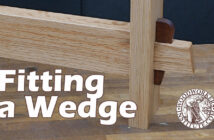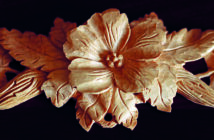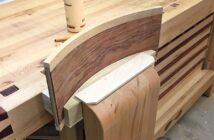Drawings of a Student Woodcarver:
William Barsley discusses the art of drawing specifically for carving
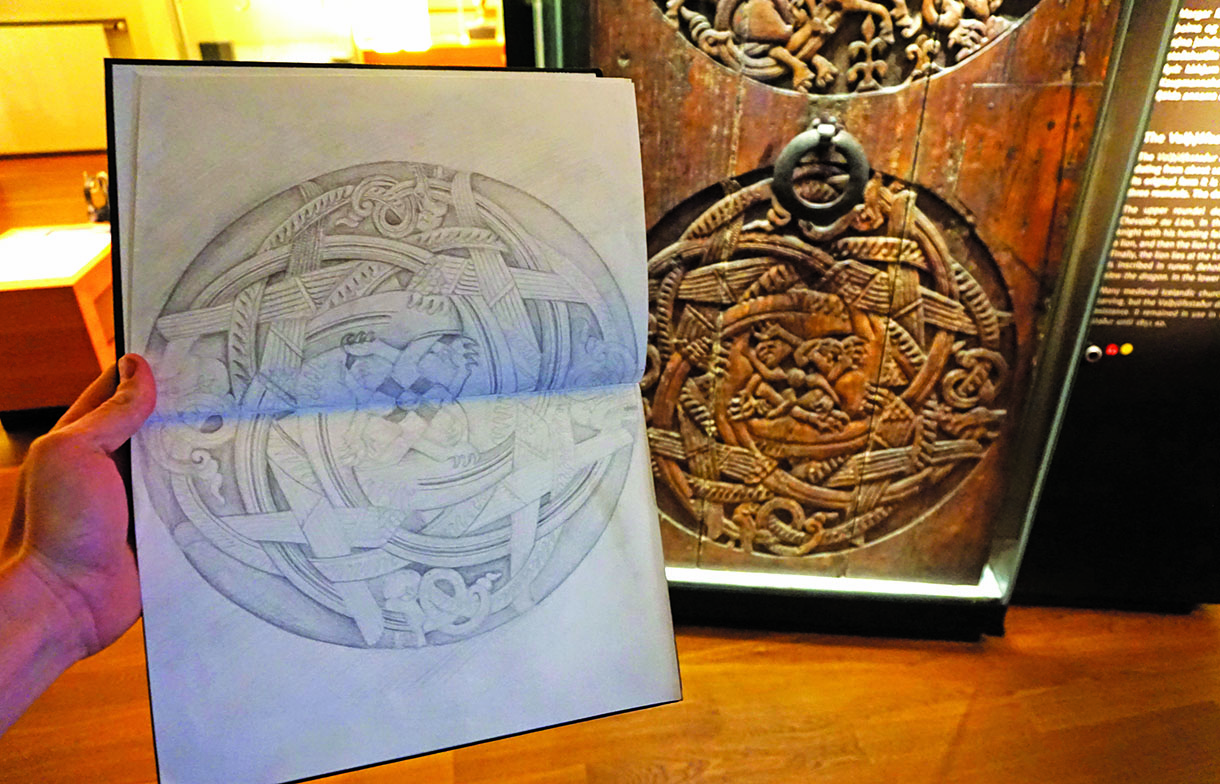
William Barsley discusses the art of drawing specifically for carving
Learning to draw comes easily for some but, for others such as myself, we find it an elusive skill that we would love to master, yet somehow just can’t quite grasp. It was therefore with a mixture of excitement and hesitation that I began drawing lessons this year at college. In this article I hope to give you a taster of a few of the methods and techniques that I’ve been learning, and reveal just how important drawing can be to your woodcarving practices. I’ve even included one of my worst drawings, in the hope of showing you some progression throughout the year!
Drawing is an essential part of the woodcarving diploma at the City and Guilds of London Art School and has been for many years, weighted as approximately 15% of the first year course. Lessons are unique in that they focus specifically on drawing for the purpose of improving and aiding our woodcarving. Our drawing teacher, Diane Magee, is a hugely passionate and successful teacher who has the ability to turn a student with very little drawing ability into one who can draw to a high standard.
Why draw at all?
Two contrasting phrases I often hear when talking about drawing in relation to woodcarving are: ‘But I don’t need to draw, I can carve just fine’ and ‘If you can’t draw you can’t carve!’ Prior to starting the course, I was most definitely in the former camp. I had been carving for years as a hobby, but felt much more comfortable carving than I did drawing. For some carvers this suits them just fine: they are able to see the form underlying the wood and carve it to precision with just a few guiding lines.
However, for many, drawing is inextricably linked with their carving and helps them to better understand designs and forms before beginning to carve, giving them the freedom to express their thoughts on paper. I’ve often heard experienced carvers say that when one carves, they are in essence drawing with their chisel as you would a pencil. Drawing can also be a big part of the commissioning process, as showing potential clients good designs can sometimes mean the difference between getting a commission or not.
Course structure
For me personally, learning to draw was a daunting prospect when starting the course. It was a relief, therefore, that our tuition started by cutting right back to the basics, with the assumption that we had very little previous drawing experience. As with many of our lessons, we were grouped with the stone carvers, as the skill of drawing is beneficial to all types of carving, and so there were 13 of us in total.
In the first year, we have three eight-day blocks of drawing spread across the three terms. In the first term, we looked at an introduction to linear drawings and constructive methods. In our second, we were introduced to tone, light, shade and shadow and, finally, in our third term, we consolidated the first two terms with eight consecutive days of research drawing at the Victoria and Albert Museum.
Alongside these lessons we had anatomy classes in the evenings to look at the superficial muscles of the body. This process helped inform our weekly life-drawing classes, which have been an essential part of my learning journey. In the studio at college, we often draw standing at an easel, although at the Victoria and Albert we sit down and move between different spots.
Drawing at the Victoria and Albert Museum
The Victoria and Albert Museum, founded in 1852, was the perfect place for our eight days of research drawing, as it houses an incredible array of decorative artwork and sculptures – heaven for any budding ornamental woodcarver!
We were given the freedom to choose an object to draw, which is a task in itself given the Victoria and Albert houses over four million objects (although not all on display). I finally decided upon the Norfolk House Music room, designed in the Rococo style, with beautiful gilded acanthus ornaments surrounding the walls, mirrors and ceilings. Originally part of Norfolk House in London, home of the Dukes of Norfolk from 1722, it would have been solely used for music and lit by candlelight.
I drew the lower section of a mirror using various approaches of drawing such as a quick first-thought, a sketch, and a detailed diagrammatic and study, which all built up to a more sustained drawing of the piece. This process was a great way to end my first exploration into drawing, a very challenging skill to learn and one that I’ve yet to master. However, its importance to my carving has proven invaluable.
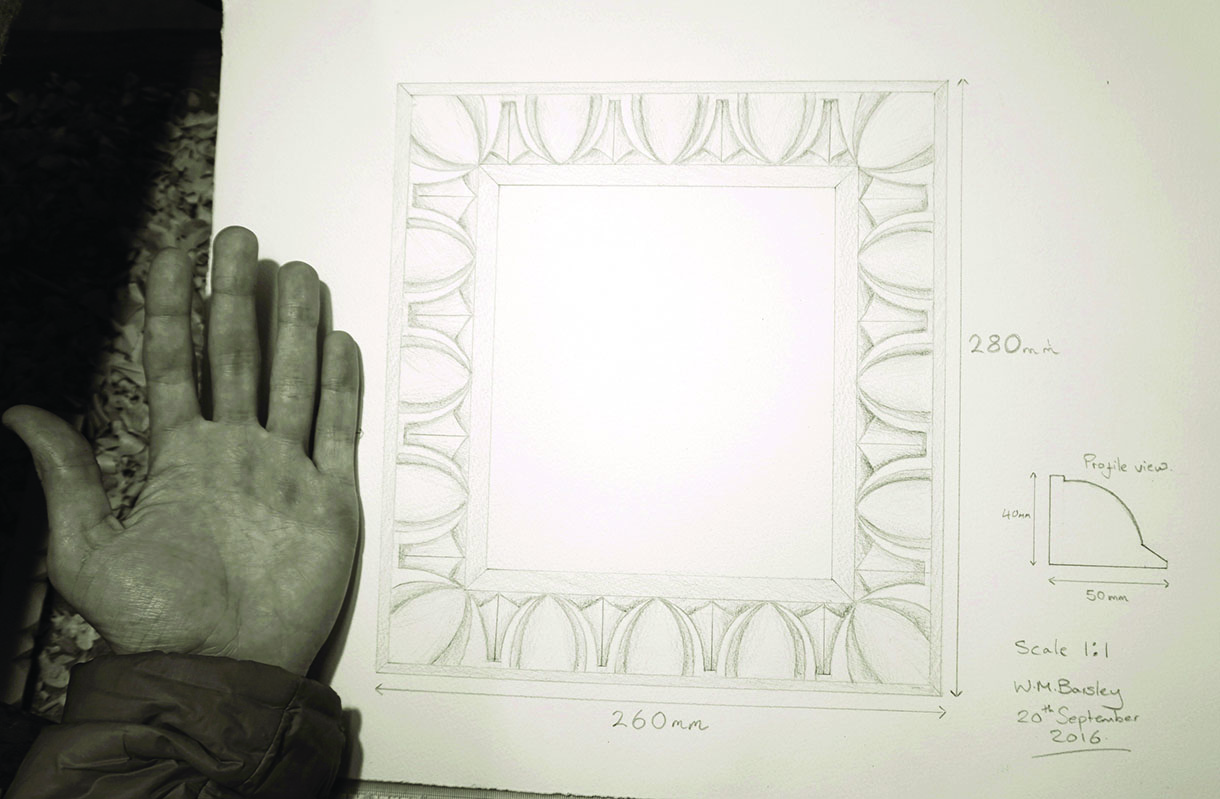
Example of a tonal drawing for a walnut wood egg and dart frame commission
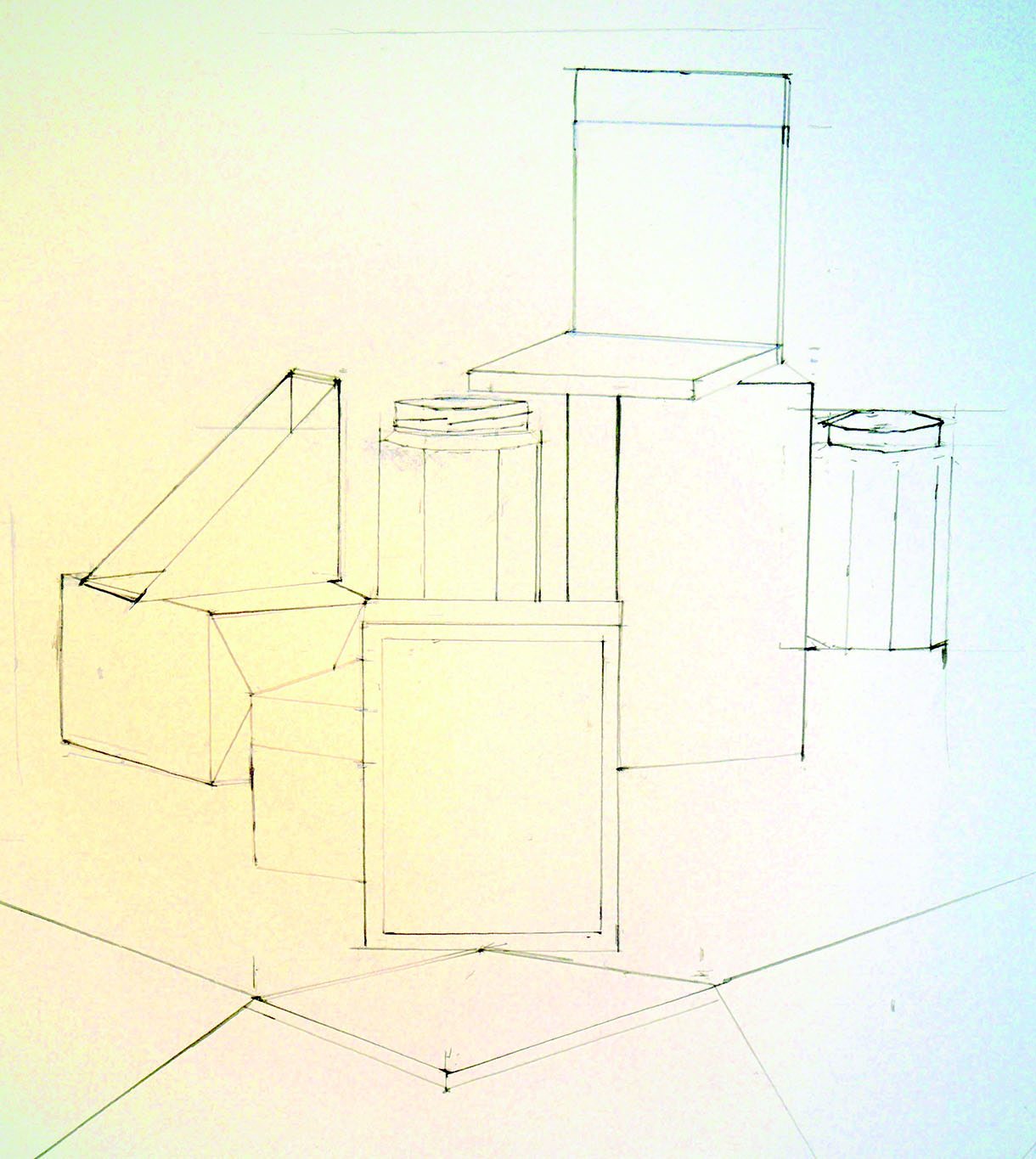
Our first exercise in linear drawing
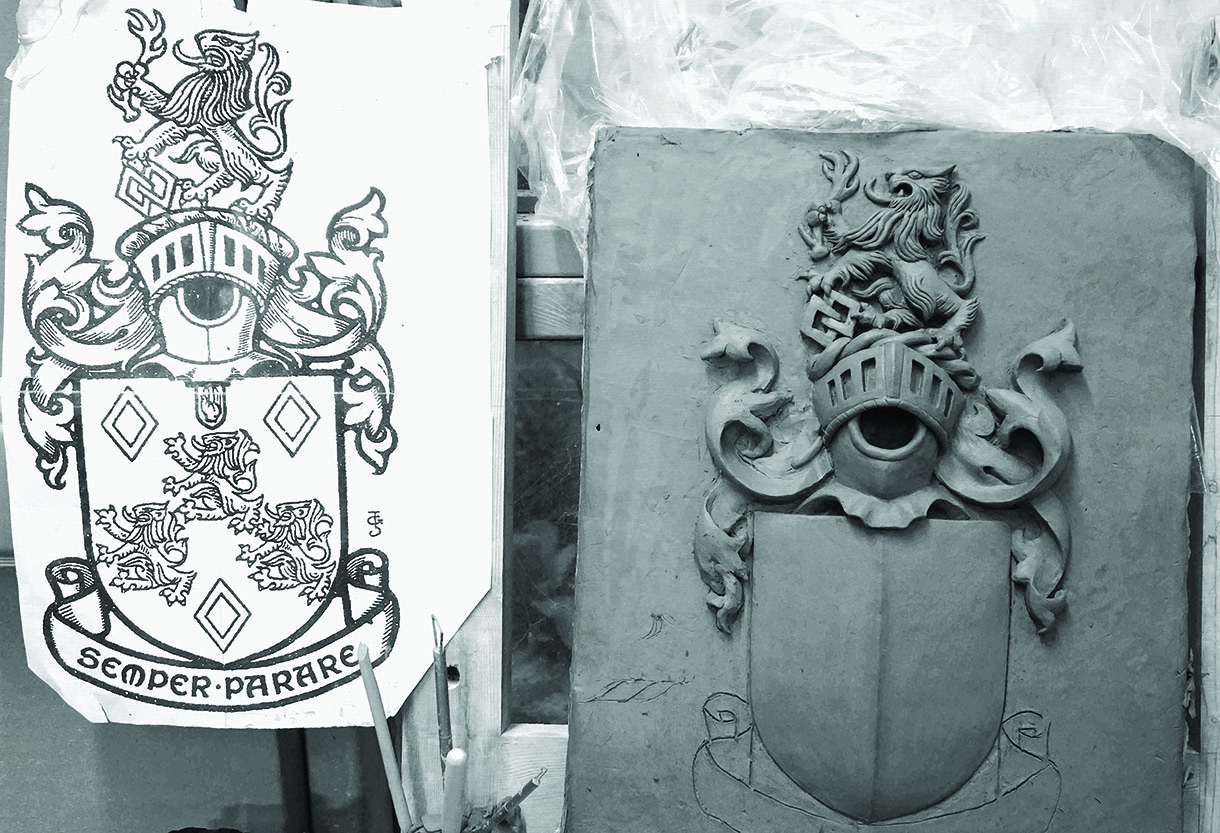
Modelling a heraldic shield in clay
Did you know?
Traditionally, a highly skilled ornamental woodcarver would have also been an accomplished draughtsman, understanding the principles of design. One example is Matthias Lock, the famous 18th-century carver and joiner, who studied under Thomas Chippendale.
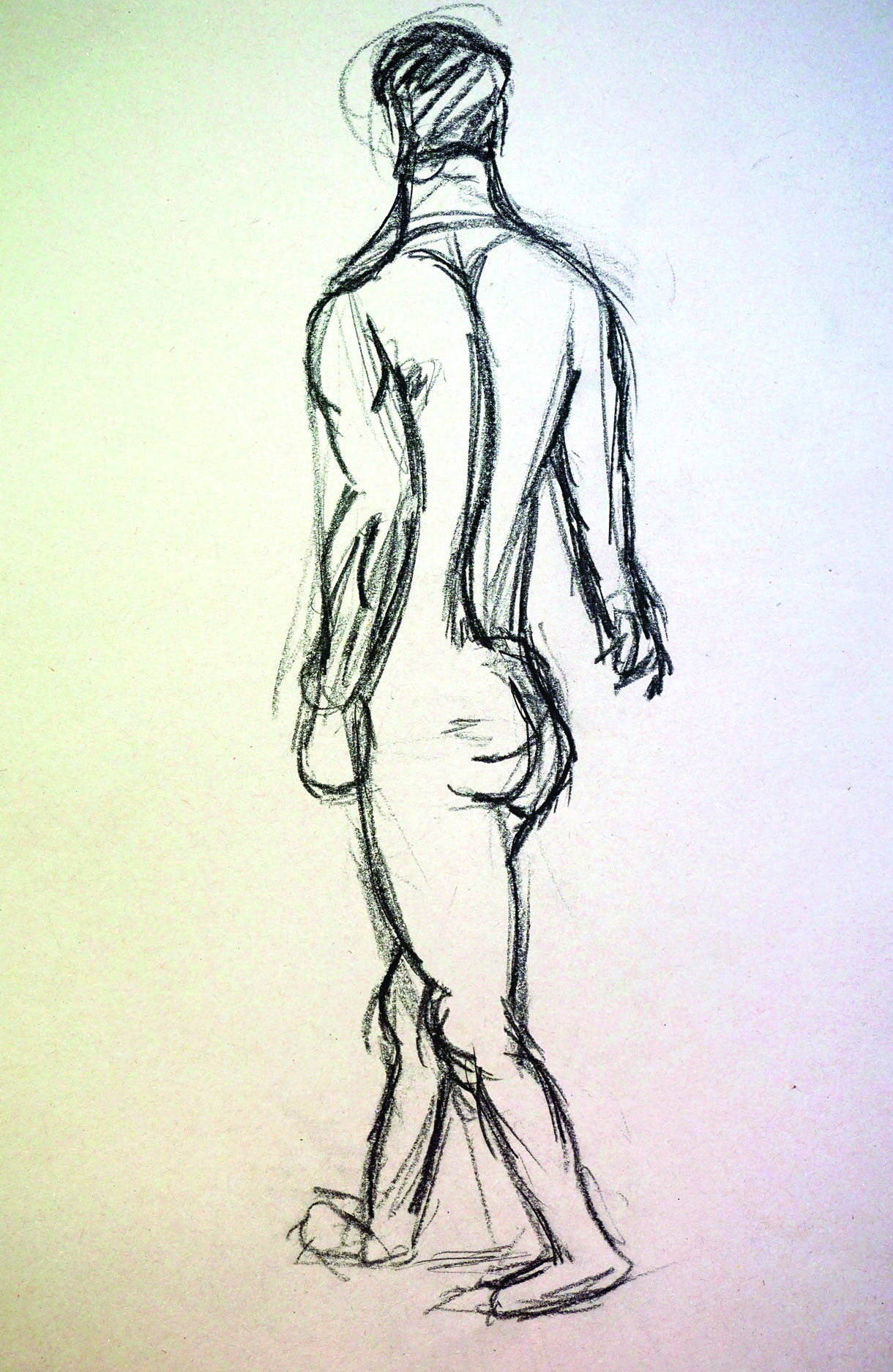
My very first life drawing, as you can see the proportions are completely wrong
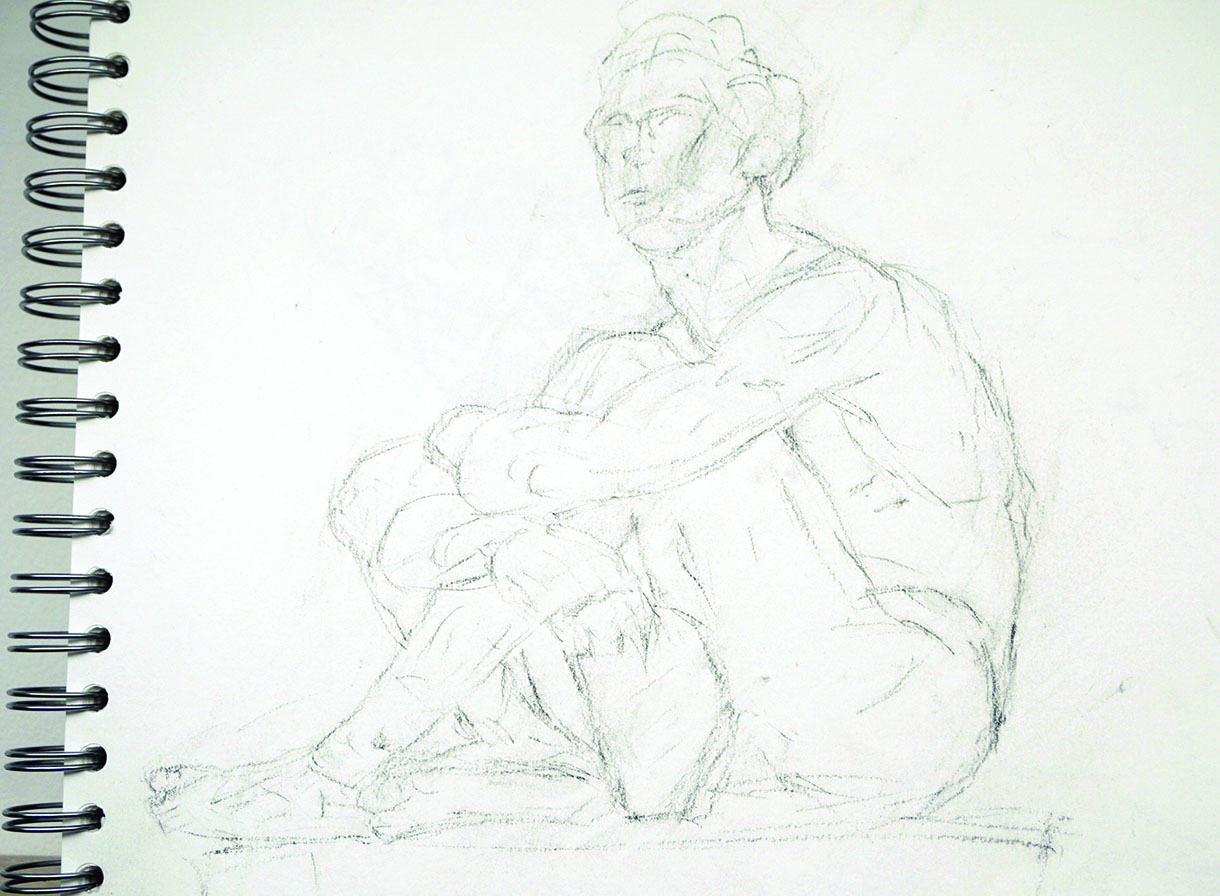
A drawing by Wilfe Gorlin (my fellow student), of a seated youth in terracotta at the V&A
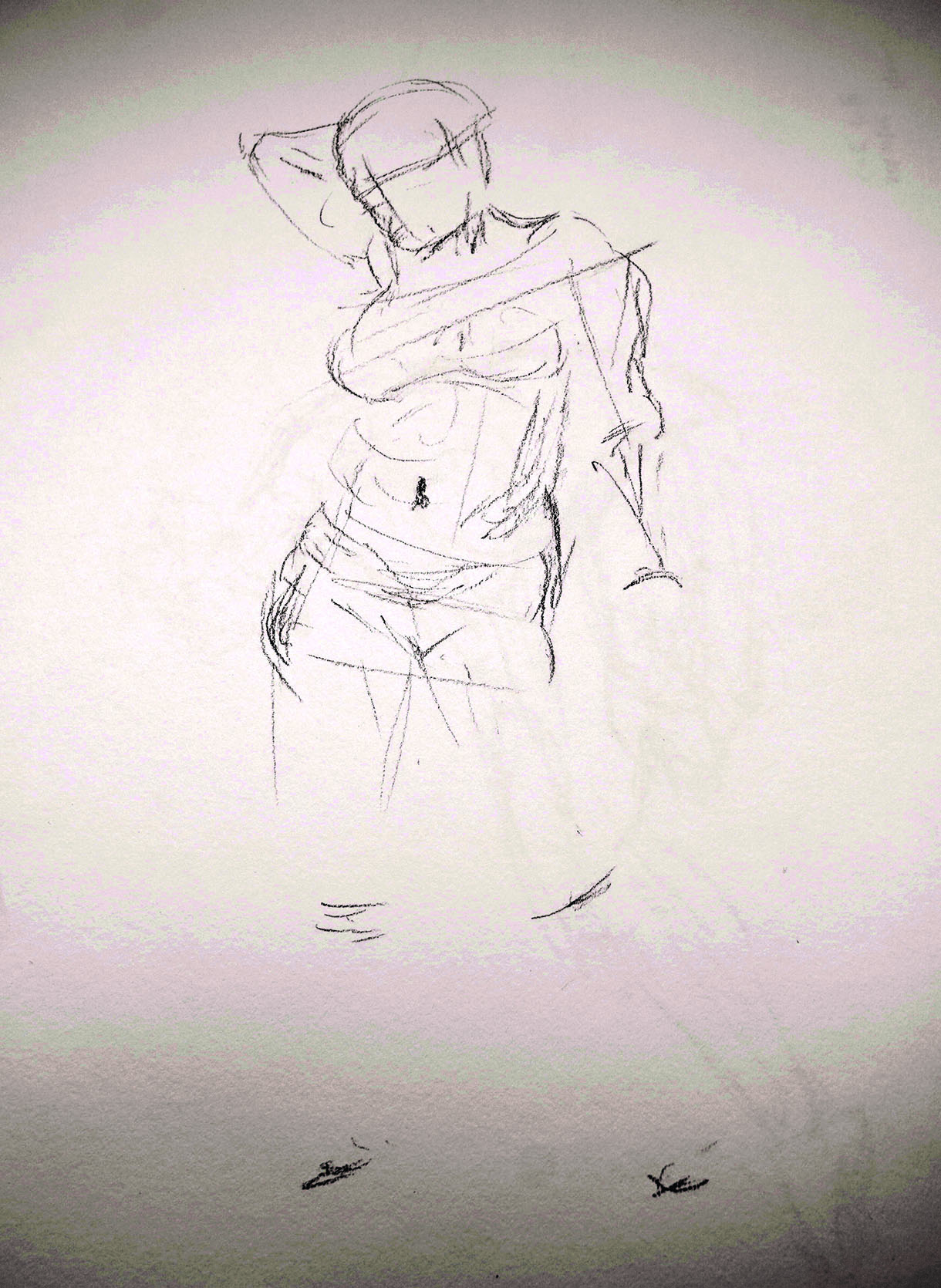
A drawing by Wilfe Gorlin (my fellow student), a quick sketch from life modelling
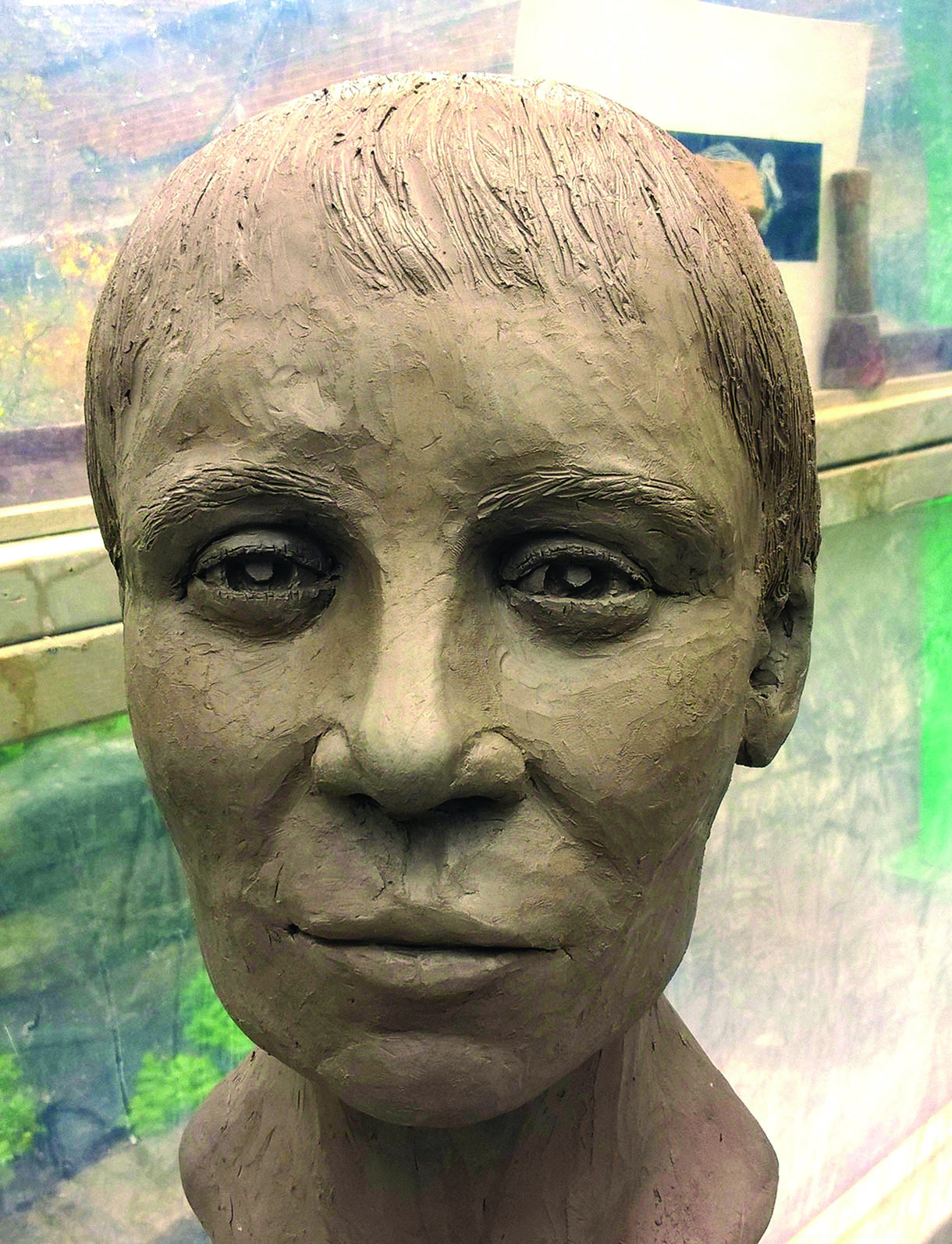
Head modelling in clay
Top tips for Drawing
1. Look, look and look again!
This sounds obvious, but when first learning to draw it’s amazing how little we look at the object we are carving, reverting often to memory or preconceived ideas. More often than not this leads to inaccuracy.
2. Seeing the form
For a carver, it’s important we take into account the structure and form of the piece we hope to carve, not just the outline or edge of the piece but the planes and shapes that make up the internal structure.
3. What ‘type’ of drawing?
Before starting to draw, decide what type of drawing you’re aiming for, whether it is an intricate study showing every detail of the piece, or a rough first thought. This helps to keep a clear goal in mind.

